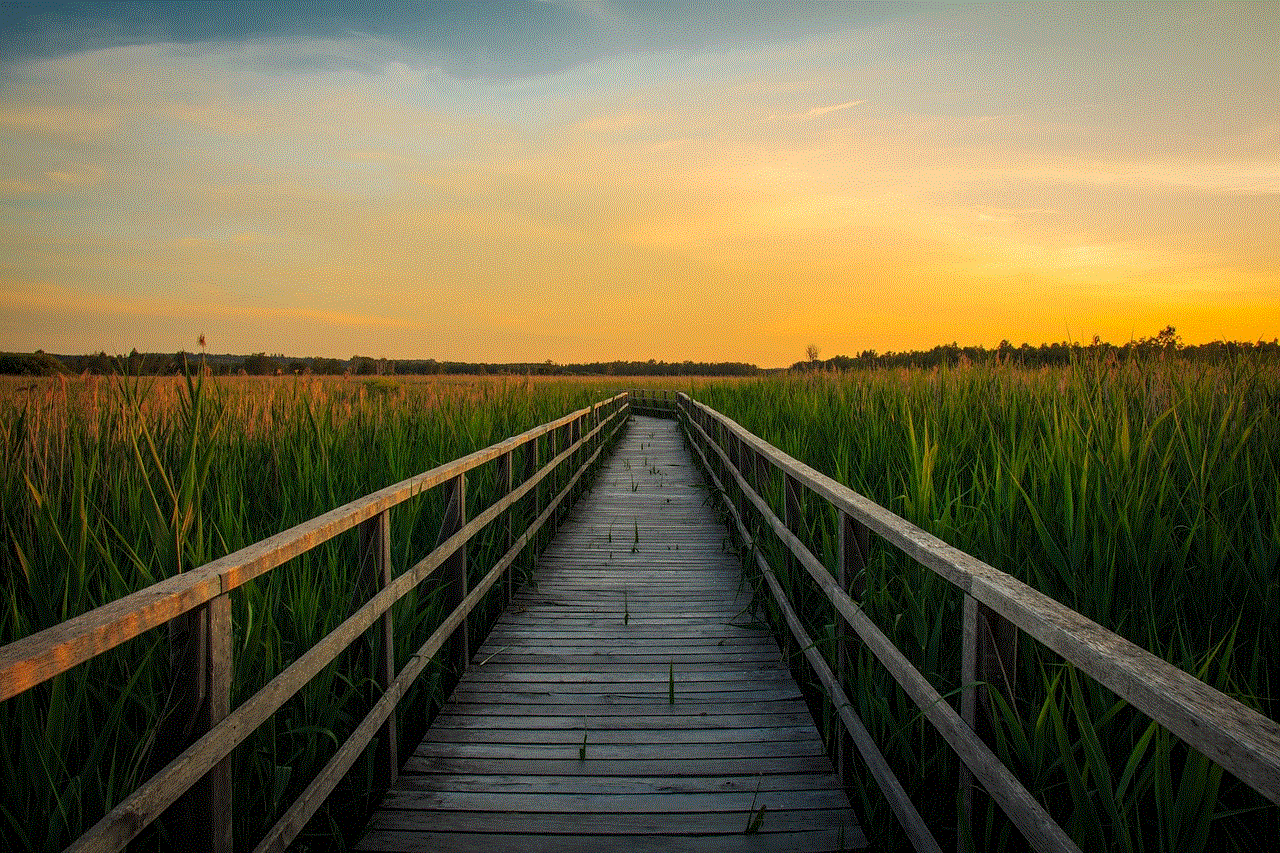can you track a sim card
Title: The Pros and Cons of Tracking a SIM Card: Privacy and Security Considerations
Introduction:
In today’s technologically advanced world, the ability to track a SIM card has become a significant topic of discussion. SIM card tracking refers to the process of locating and monitoring the movements and activities of a mobile device through its SIM card. While this technology can be beneficial in various scenarios, it also raises concerns about privacy and security. This article explores the pros and cons of tracking a SIM card, delving into its potential applications, privacy concerns, legal implications, and the importance of striking a balance between security and privacy.
1. Understanding SIM Card Tracking:
SIM card tracking relies on the Global System for Mobile Communications (GSM) technology, which enables mobile devices to connect to cellular networks. The SIM card contains unique identification information that allows network operators to track the device’s location. By utilizing this information, various parties can track the device’s movements and monitor its activities.
2. Benefits of SIM Card Tracking:
a) Asset Recovery: Tracking a SIM card can aid in recovering lost or stolen devices. By pinpointing the SIM card’s location, law enforcement agencies and individuals can retrieve their devices quickly.
b) Location-based Services: Tracking SIM cards enables location-based services, such as finding nearby restaurants, hotels, or emergency services. This feature has proven invaluable in navigation and emergency situations.
c) Parental Control: Parents can use SIM card tracking to monitor their children’s whereabouts, ensuring their safety and peace of mind.
d) Fleet Management: Companies can track SIM cards in their fleet of vehicles, optimizing route planning, ensuring driver safety, and enhancing efficiency.
3. Privacy Concerns:
a) Invasion of Privacy: SIM card tracking can be seen as an invasion of privacy, as it allows for constant monitoring of an individual’s activities and location.
b) Stalking and Harassment: In the wrong hands, SIM card tracking can be used for stalking or harassment purposes, compromising individuals’ safety and well-being.
c) Data Security: Tracking SIM cards involves collecting and storing vast amounts of personal data. This raises concerns about data security and the potential for unauthorized access or misuse.
4. Legal Implications:
a) Consent: In many jurisdictions, the tracking of a SIM card without the individual’s consent is illegal. Consent must be obtained from the SIM card owner before tracking can occur.
b) Law Enforcement: Law enforcement agencies may have legal authority to track SIM cards under certain circumstances, such as investigating criminal activities or ensuring public safety.
c) Privacy Laws: Countries have different privacy laws that dictate the extent to which SIM card tracking is permissible. It is important to understand and comply with these laws to avoid legal repercussions.
5. Finding the Balance:
a) Transparency: It is crucial to inform individuals when their SIM cards are being tracked, promoting transparency and trust between service providers and users.
b) Opt-in Features: Offering opt-in features allows individuals to choose whether they want their SIM cards to be tracked, giving them control over their privacy.
c) Security Measures: Implementing robust security measures is imperative to protect the collected data and prevent unauthorized access or misuse.
d) Data Retention: Service providers should establish clear policies regarding data retention, ensuring that personal information is not stored beyond what is necessary.
Conclusion:
Tracking SIM cards can offer numerous benefits in terms of asset recovery, location-based services, parental control, and fleet management. However, it also raises significant concerns about privacy, data security, and potential misuse. Striking a balance between security and privacy is essential. Governments, service providers, and individuals need to collaborate to establish clear legal frameworks, implement robust security measures, and respect individuals’ privacy rights. Only through careful consideration and responsible use of SIM card tracking technology can society harness its advantages while safeguarding personal privacy and security.
best pokemon go spots in the world
Pokemon Go has taken the world by storm since its release in 2016. The popular mobile game, developed by Niantic , has captured the hearts of millions of players around the world. With its unique blend of augmented reality and traditional gameplay, Pokemon Go has become a global phenomenon, with players of all ages and backgrounds joining in on the fun.
One of the most exciting aspects of Pokemon Go is the ability to explore real-world locations in search of different Pokemon. This has led to the emergence of numerous “hotspots” in various cities around the world, where players can find a high concentration of rare and powerful Pokemon. In this article, we will take a look at some of the best Pokemon Go spots in the world, where players can catch, battle, and train their Pokemon to become the very best.
1. San Francisco, USA
San Francisco is a city known for its beautiful landscapes and diverse culture, but it has also become a haven for Pokemon Go players. The city is home to many iconic locations, such as the Golden Gate Bridge, Fisherman’s Wharf, and Alcatraz Island, all of which are popular hotspots for Pokemon Go players. The city also has a high concentration of Pokestops and gyms, making it an ideal location for players to stock up on items and battle other trainers.
2. Tokyo, Japan
As the birthplace of Pokemon, it’s no surprise that Tokyo is a must-visit destination for any Pokemon Go player. The city is filled with numerous Pokestops and gyms, making it easy for players to catch a variety of Pokemon. Additionally, Tokyo has many themed Pokemon locations, such as the Pokemon Center Mega Tokyo and the Pikachu Sweets by Pokemon Cafe, where players can indulge in their love for all things Pokemon.
3. Sydney, Australia
Sydney is a beautiful city with stunning beaches, iconic landmarks, and a bustling city center. It’s also a fantastic spot for Pokemon Go players. The city has a high concentration of Pokestops and gyms, and players can often find rare Pokemon in popular locations such as Darling Harbour and the Royal Botanic Garden. The city also hosts regular Pokemon Go events, making it an exciting destination for players.
4. London, UK
London is a city steeped in history and culture, and it’s also a great place for Pokemon Go players. With its many landmarks and attractions, such as Buckingham Palace, Big Ben, and the Tower of London, players can find a variety of Pokemon while exploring the city. The city also hosts various Pokemon Go events, including the annual Safari Zone, which attracts players from all over the world.
5. Seoul, South Korea
Seoul is a bustling city known for its vibrant nightlife, delicious food, and advanced technology. It’s also a fantastic city for Pokemon Go players. The city has a high concentration of Pokestops and gyms, and players can often find rare Pokemon in popular locations such as the Han River Park and the Seoul Tower. The city also hosts regular Pokemon Go events, making it a must-visit destination for players.
6. Paris, France
The city of love is also a haven for Pokemon Go players. With its beautiful architecture, picturesque streets, and iconic landmarks, Paris is a dream destination for many players. The city is home to many gyms and Pokestops, and players can often find rare Pokemon in popular locations such as the Eiffel Tower and the Louvre Museum. The city also hosts regular Pokemon Go events, making it a popular spot for players.
7. Vancouver, Canada
Vancouver is a beautiful city with stunning natural landscapes and a vibrant downtown area. It’s also a great spot for Pokemon Go players. The city has a high concentration of Pokestops and gyms, and players can often find rare Pokemon in popular locations such as Stanley Park and Granville Island. The city also hosts regular Pokemon Go events, making it an exciting destination for players.
8. Rio de Janeiro, Brazil
Rio de Janeiro is a vibrant city known for its breathtaking beaches, lively culture, and iconic landmarks. It’s also a fantastic location for Pokemon Go players. The city has a high concentration of Pokestops and gyms, and players can often find rare Pokemon in popular locations such as Copacabana Beach and the Christ the Redeemer statue. The city also hosts regular Pokemon Go events, making it a must-visit destination for players.



9. Cape Town, South Africa
Cape Town is a city known for its stunning natural landscapes, diverse culture, and rich history. It’s also a great spot for Pokemon Go players. The city has a high concentration of Pokestops and gyms, and players can often find rare Pokemon in popular locations such as Table Mountain and the V&A Waterfront. The city also hosts regular Pokemon Go events, making it an exciting destination for players.
10. Moscow, Russia
Moscow is a city steeped in history and culture, and it’s also a fantastic location for Pokemon Go players. The city has a high concentration of Pokestops and gyms, and players can often find rare Pokemon in popular locations such as Red Square and the Kremlin. The city also hosts regular Pokemon Go events, making it a must-visit destination for players.
In conclusion, Pokemon Go has brought people from all over the world together, with its unique blend of augmented reality and traditional gameplay. These 10 cities are just a few examples of the many fantastic Pokemon Go spots in the world. Whether you’re a die-hard fan or a casual player, these locations offer something for everyone. So pack your bags, grab your phone, and get ready to catch ’em all in these amazing cities.
how to talk to your kids about porn
In today’s world, it’s almost impossible to completely protect our children from exposure to pornography. With the widespread use of technology and the internet, children are more likely to stumble upon pornographic content, intentionally or unintentionally. As parents, it’s our responsibility to have open and honest conversations with our kids about this sensitive subject. But how do we talk to our kids about porn? How do we approach this topic without making them feel uncomfortable or ashamed? In this article, we’ll discuss the importance of talking to your kids about porn and provide some tips on how to have this conversation in a healthy and productive way.
Why Talk to Your Kids About Porn?
Pornography, also known as “porn,” refers to sexually explicit images, videos, or literature designed to stimulate sexual arousal. The widespread availability of porn on the internet has made it easily accessible to children of all ages. According to a study by the National Center for Missing and Exploited Children, 42% of children have been exposed to online pornography before the age of 18. This exposure can have a significant impact on a child’s development, mental health, and relationships.
One of the main reasons to talk to your kids about porn is to educate them about what they may see or come across online. Many children stumble upon porn accidentally while browsing the internet or using social media. Without proper understanding and guidance, they may view it as normal and acceptable behavior, leading to distorted views of sex and relationships. Talking to your kids about porn can help them differentiate between what is real and what is not, and understand that porn is not a realistic depiction of healthy relationships or sexuality.
Moreover, having open and honest conversations about porn can help build trust and strengthen the parent-child relationship. When children know that they can come to their parents with questions or concerns about sensitive topics like porn, they are more likely to seek guidance and make informed decisions.
Tips for Talking to Your Kids About Porn
1. Start Early
It’s never too early to start talking to your kids about pornography. As soon as they start using technology and have access to the internet, they are at risk of being exposed to porn. Start by educating them about the dangers of the internet and the importance of being responsible online. This will set the foundation for future conversations about porn.
2. Use Age-Appropriate Language
When talking to your kids about porn, it’s important to use language that is appropriate for their age and level of understanding. Younger children may not have the same level of awareness about sex and relationships as older children, so tailor your conversation accordingly. Use simple and clear language to explain what porn is and why it’s not appropriate for them to view it.
3. Create a Safe and Comfortable Environment



It’s essential to create a safe and comfortable environment for your child to feel open and comfortable discussing sensitive topics like porn. Find a time and place where you and your child can have a private conversation without any distractions. This could be during a car ride or a walk in the park. Let your child know that they can ask you anything without fear of judgment or punishment.
4. Listen and Validate Their Feelings
When talking to your kids about porn, it’s important to listen to their thoughts and feelings without judgment. Porn can be a confusing and overwhelming subject for children, so it’s crucial to validate their feelings and let them know it’s okay to feel uncomfortable or curious. This will help build trust and encourage open communication in the future.
5. Use Real-Life Examples
Children learn best through real-life examples, so use age-appropriate examples to help them understand the impact of porn. For younger children, you can use examples of cartoons or movies that show unrealistic and exaggerated portrayals of relationships and sex. For older children, you can use examples of pornographic content and discuss why it’s not an accurate representation of real-life.
6. Emphasize the Difference Between Fantasy and Reality
It’s essential to help your child understand that porn is not real and does not depict healthy relationships or sexuality. Explain to them that porn is a form of entertainment, and the actors are not in a real relationship. Emphasize the importance of distinguishing between fantasy and reality and that porn is not a realistic representation of intimacy.
7. Discuss Healthy Relationships and Consent
Porn often depicts unhealthy and unrealistic portrayals of sex and relationships, which can be damaging to a child’s understanding of healthy relationships. Use this opportunity to discuss what healthy relationships look like, the importance of consent, and how porn does not represent these concepts accurately.
8. Set Boundaries and Rules
As a parent, it’s essential to set boundaries and rules around technology and internet usage. This can include setting parental controls, limiting screen time, and discussing what websites or content is appropriate for your child to access. These boundaries will not only help protect your child from being exposed to porn, but also teach them responsible internet usage.
9. Monitor Their Online Activity
While it’s crucial to trust your child, it’s also important to monitor their online activity to ensure their safety. This could include regularly checking their search history and social media accounts, and having open conversations about any concerning content they may have encountered.
10. Be Prepared for Multiple Conversations
Talking to your kids about porn should not be a one-time conversation. It’s an ongoing dialogue that should be revisited and reinforced as your child grows and their understanding of sex and relationships evolves. Be prepared for multiple discussions and check-ins, and be open to answering any questions your child may have.
Conclusion



Talking to your kids about porn may seem like a daunting and uncomfortable task, but it’s a necessary conversation to have in today’s digital age. By starting early, using age-appropriate language, and creating a safe and comfortable environment, you can have open and honest conversations with your child about porn. Remember to listen to their feelings, use real-life examples, and emphasize the difference between fantasy and reality. By educating your child about the dangers and unrealistic depictions of porn, you can help them make informed decisions and develop healthy attitudes towards sex and relationships.